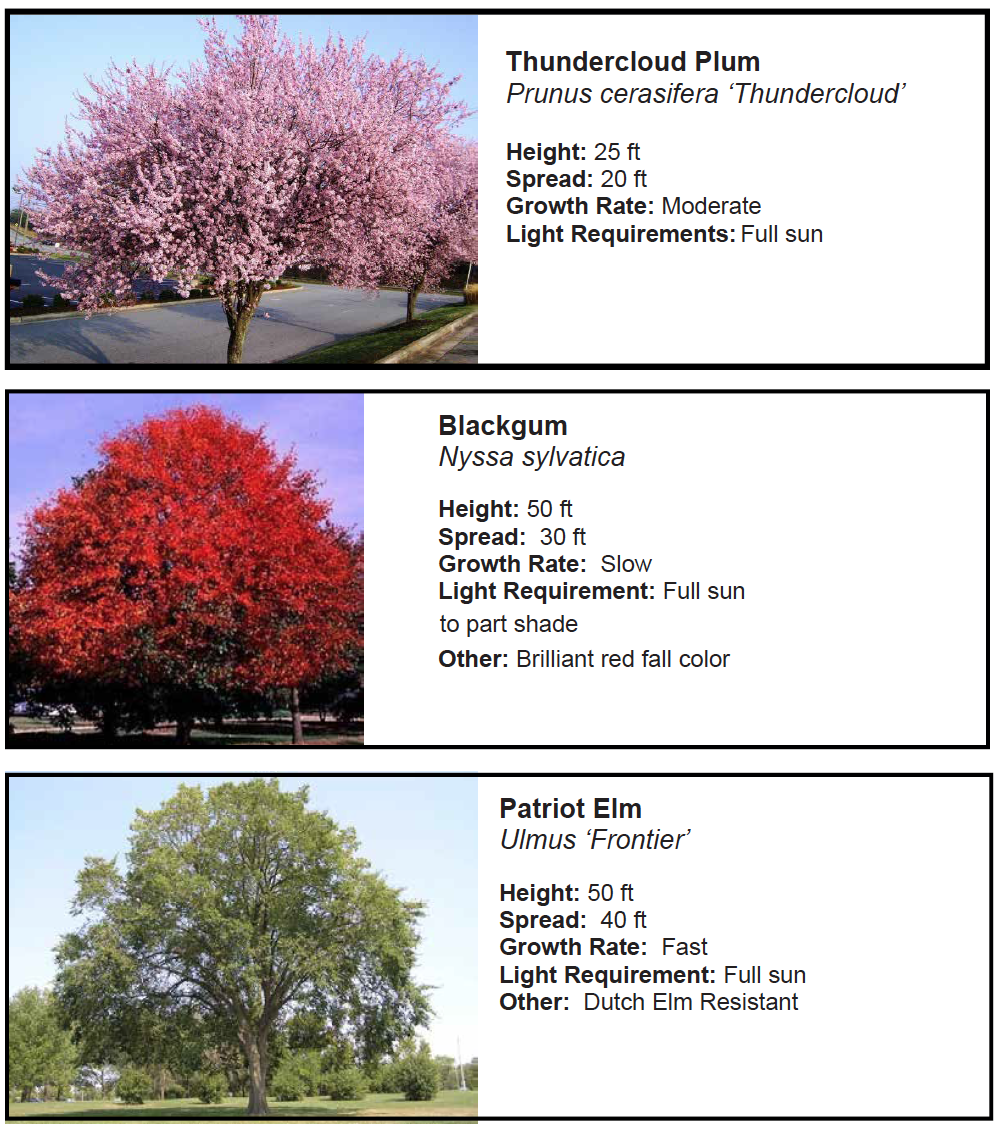ReLeaf - Trees for Urban Schools and Yards
Partner with Green Cincinnati and Cincinnati Parks to provide trees in shade-deficient Cincinnati neighborhoods.
Leader
Larry Falkin
Location
Multiple Cincinnati, OH 45202 and others
About the project
Trees are amazing. They produce oxygen, clean the air, soak up storm water, cool our neighborhoods, and so much more. On a hot summer day, a neighborhood with a robust tree canopy will be as much as 10 degrees cooler than a neighborhood with too few trees (known as an Urban Heat Island).
Cincinnati has set a goal of 40% tree canopy or more in every neighborhood. 16 of Cincinnati's 52 neighborhoods currently fall short of that goal, including: Avondale (34%), Bond Hill (23%), Camp Washington (8%), Carthage (16%), Coryville (11%), East End (27%), Evanston (29%), Hartwell (31%), Linwood (20%), Lower Price Hill (18%), Mount Auburn (35%), Oakley (24%), Pleasant Ridge (34%), Queensgate (9%), Roselawn (22%), and Walnut Hills (30%).
Cincinnati Parks' ReLeaf program offers free trees to land owners for planting in the City. This year, Parks is prioritizing trees for shade deficient neighborhoods. Demand for the program has been so strong that Parks has run out of funds for trees, and there are many unfilled orders. $40 donated to this campaign will pay for 1 tree of 1" caliper size (trunk is 1 inch in diameter or larger, usually about 8 feet tall) to be purchased, delivered to the planting site, and planted in a shade deficient neighborhood. When we reach our goal of $10,000, there will be 250 new trees in Cincinnati, in the places where they are needed most.
The Steps
Cincinnati Parks started taking orders for the ReLeaf Program on August 9th, and was fully subscribed by August 12th. Parks continues to take orders, subject to availability. They estimate that at least 250 trees will be needed to fulfill orders from priority neighborhoods. The final order for additional trees will be placed on October 1. The trees will be delivered and planted before the end of October.
Why we‘re doing it
The Green Cincinnati Plan documents the increasing frequency and severity of heat waves in Cincinnati. Most people are surprised to learn that, of all natural disasters, heat waves cause by far the most fatalities. In Cincinnati, about 12,000 households live with no air conditioning, making these residents the most vulnerable to extreme heat. Sadly, the neighborhoods where people tend to live without air conditioning are the same ones that tend to be hotter than surrounding areas due to a lack of trees. The Green Cincinnati Plan has a list of strategies that Cincinnati will implement to reduce heat fatalities. One of the most important is planting more trees.

